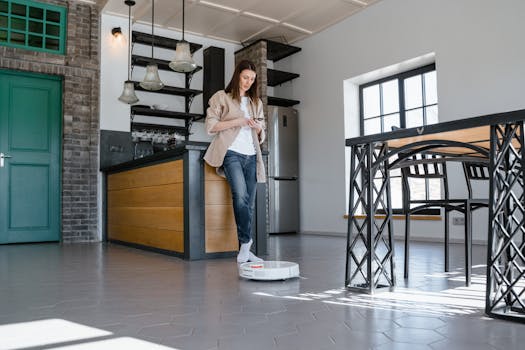
Smart Homes and Smart Living: The Technological Transformation of European Homes by 2025
Smart Homes and Smart Living is revolutionizing the way we live, work, and interact with our living spaces. The European home is undergoing a significant transformation, driven by the adoption of smart home technologies. By 2025, homes will be more connected, efficient, and sustainable than ever before.
Introduction to Smart Homes
A smart home is a dwelling that incorporates advanced technologies, such as artificial intelligence, Internet of Things (IoT), and home automation, to provide a more comfortable, convenient, and secure living environment. Smart homes are designed to learn and adapt to the occupants’ habits and preferences, optimizing energy consumption, lighting, temperature, and entertainment systems.
Key Features of Smart Homes
- Energy management systems that optimize energy consumption and reduce waste
- Home automation systems that control lighting, temperature, and security
- Artificial intelligence-powered voice assistants that learn and adapt to occupants’ habits
- IoT devices that connect and interact with each other to provide a seamless living experience
Benefits of Smart Homes
The benefits of smart homes are numerous and significant. Some of the most notable advantages include:
- Energy efficiency and cost savings
- Increased comfort and convenience
- Enhanced security and safety
- Improved health and well-being
European Homes by 2025
By 2025, European homes will be significantly more connected, efficient, and sustainable than they are today. According to a recent report, the European smart home market is expected to grow from $14.6 billion in 2020 to $43.8 billion by 2025, at a Compound Annual Growth Rate (CAGR) of 24.5%.
Technological Transformation
The technological transformation of European homes will be driven by several key factors, including:
- Advances in artificial intelligence and machine learning
- The increasing adoption of IoT devices and home automation systems
- The growing demand for energy efficiency and sustainability
- The development of new business models and services that support smart living
Conclusion
In conclusion, the future of European homes is smart, connected, and sustainable. By 2025, homes will be more efficient, comfortable, and secure than ever before, thanks to the adoption of smart home technologies. As we look to the future, it’s clear that smart homes and smart living will play a significant role in shaping the way we live, work, and interact with our living spaces.






